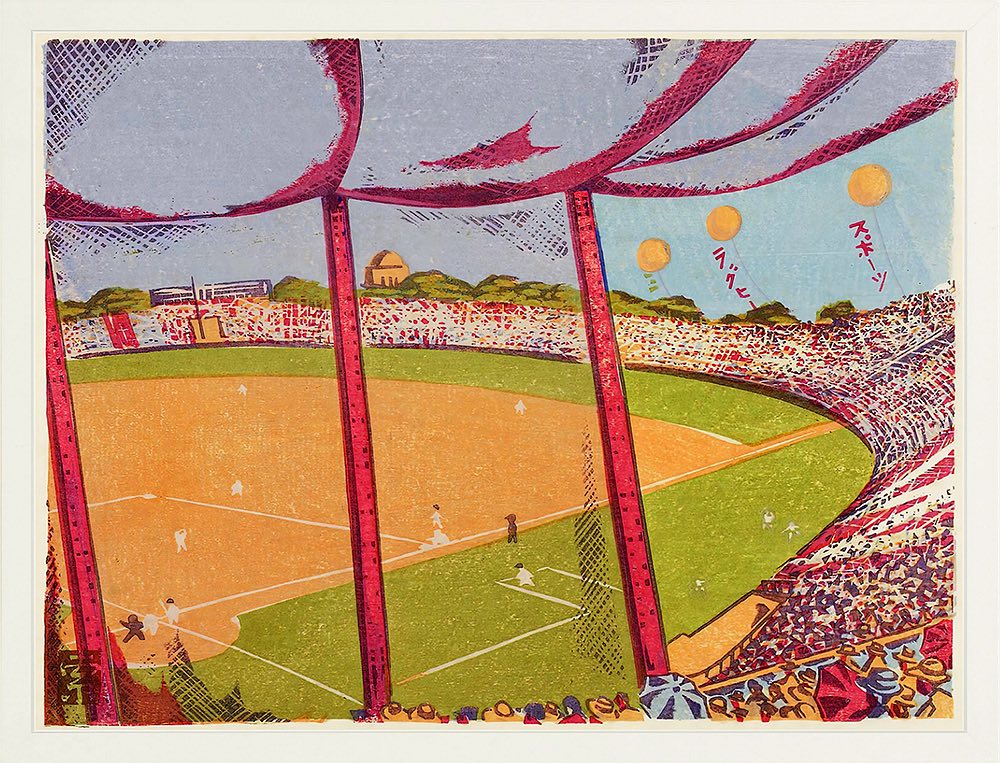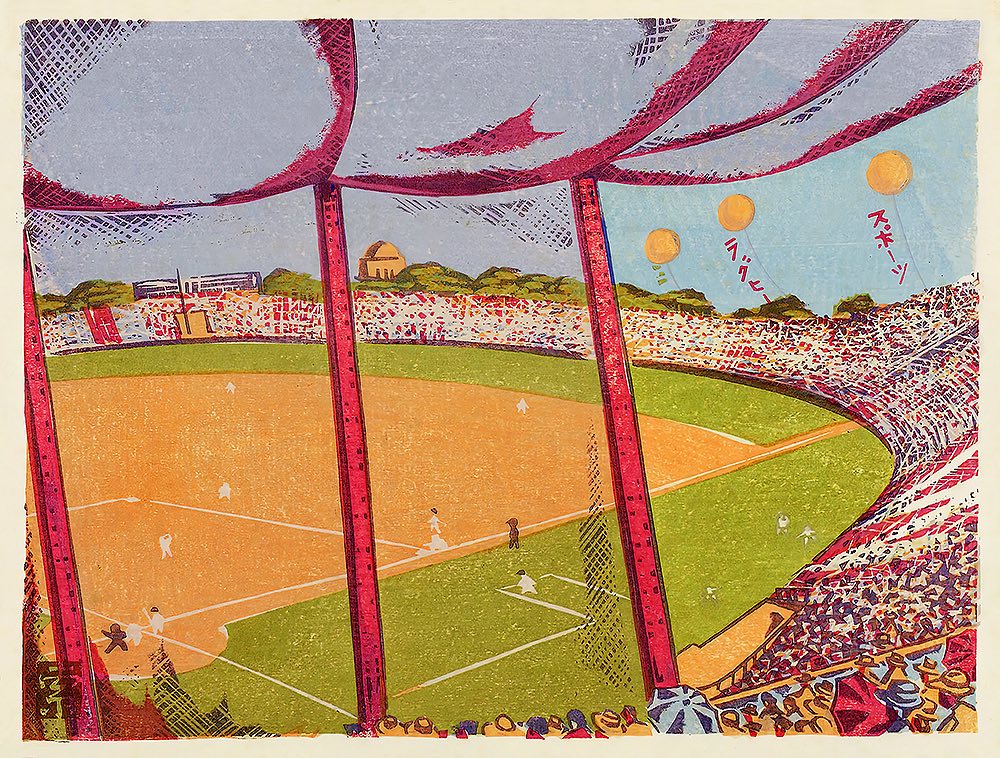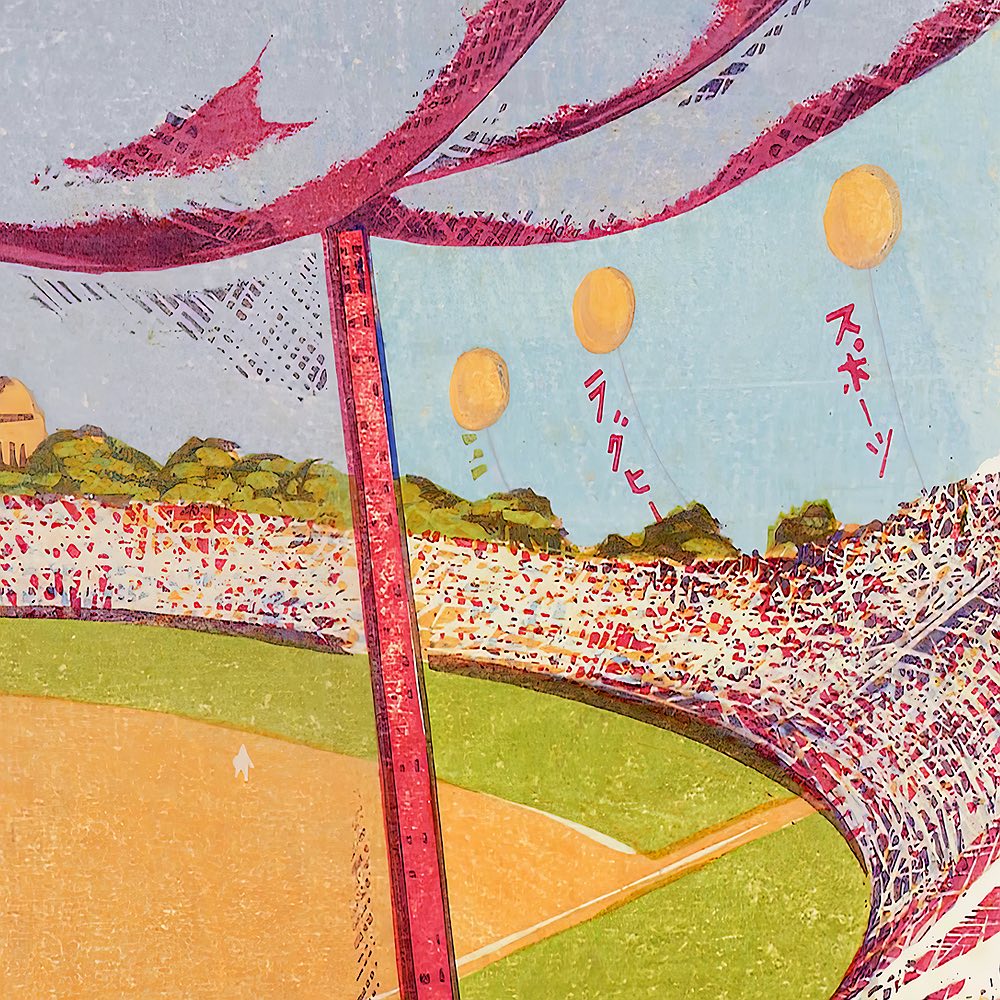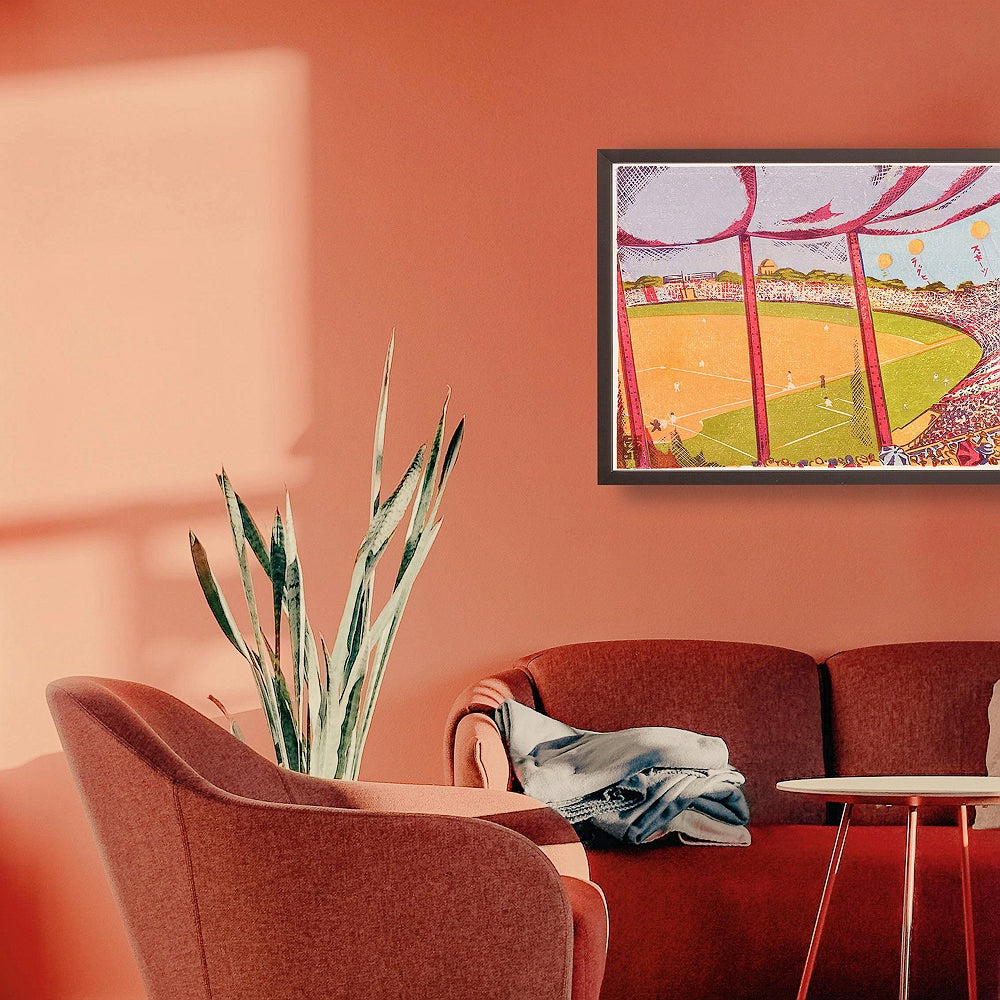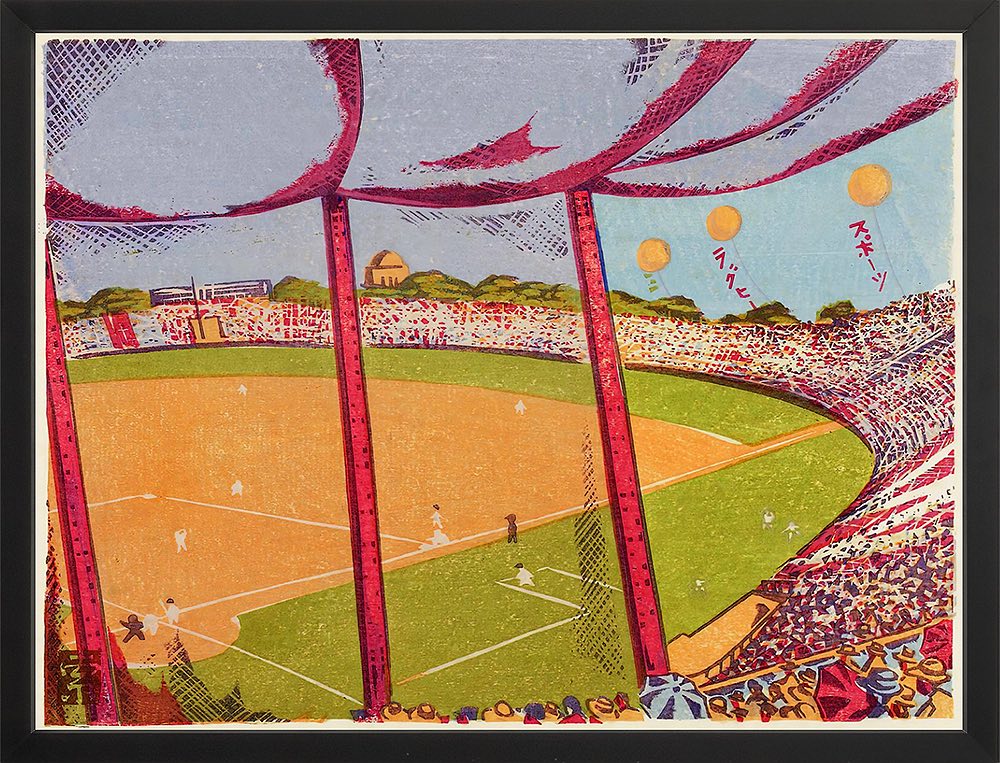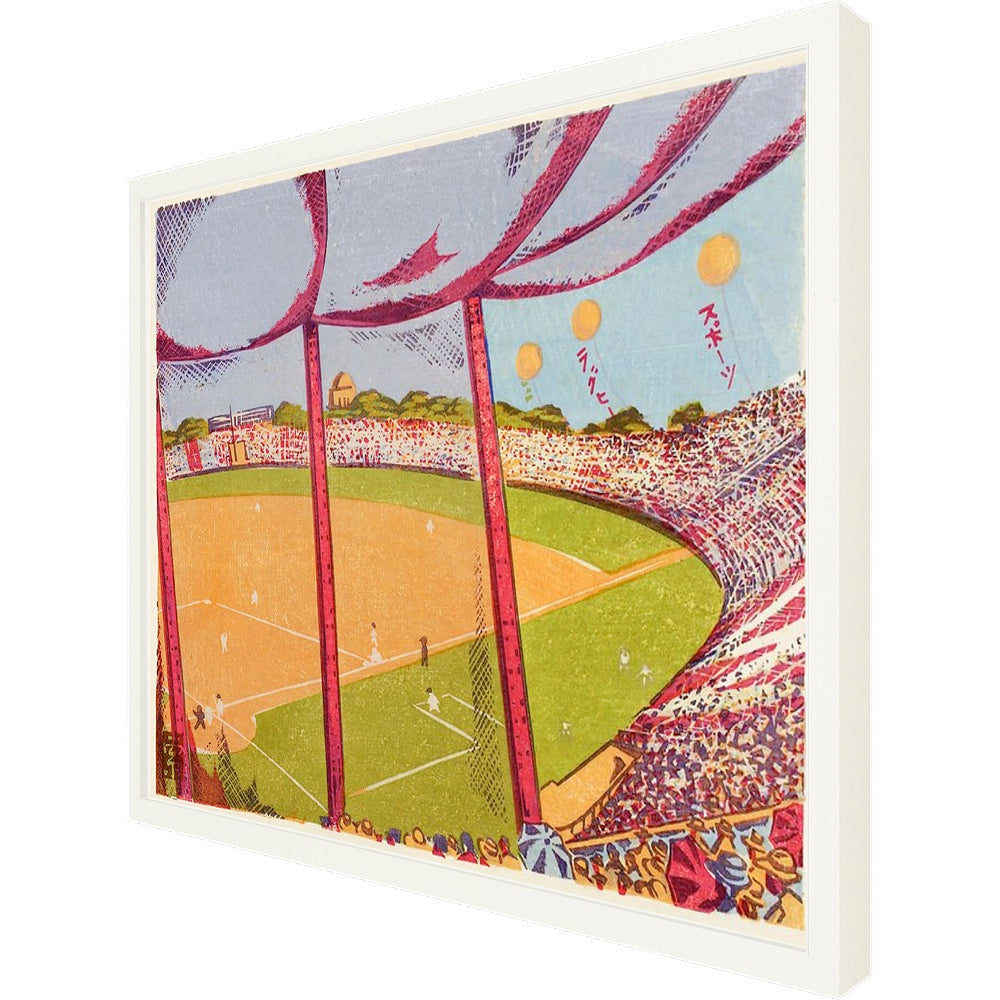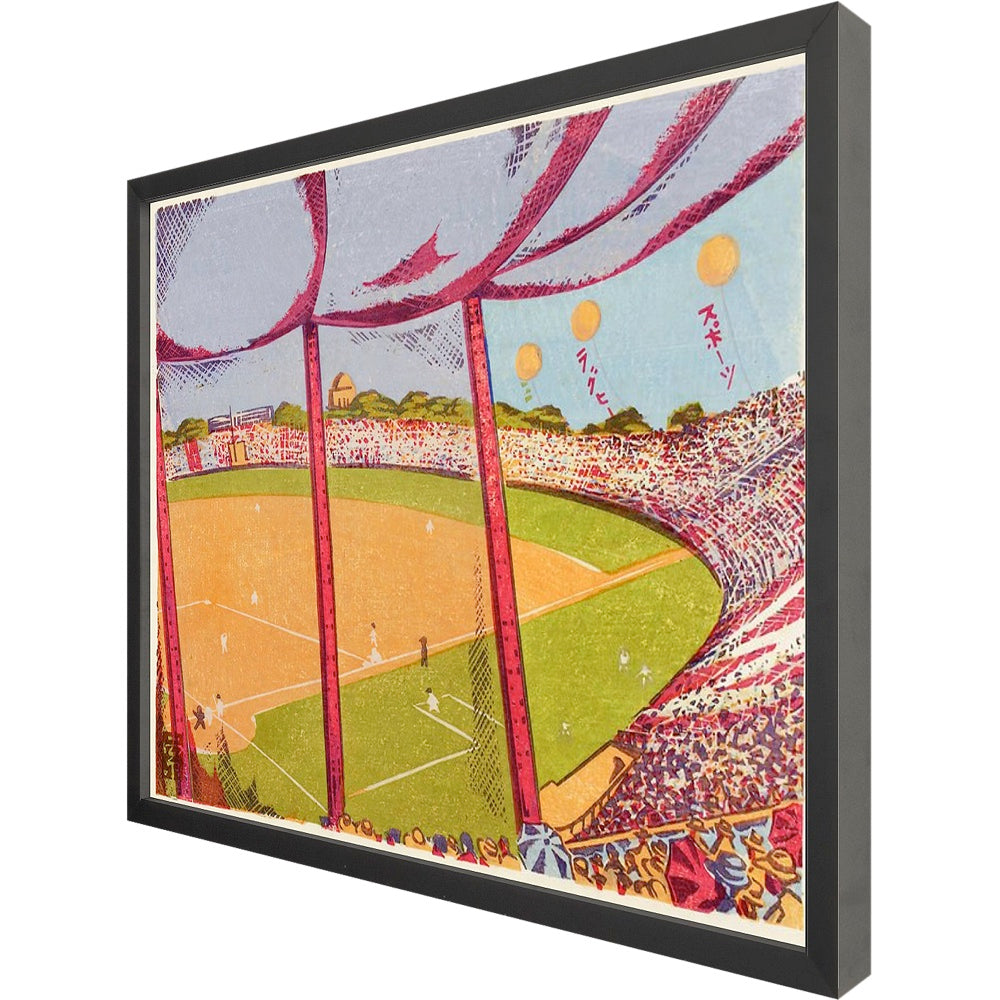LUXE EDITION
Baseball At Meiji
Baseball At Meiji
Couldn't load pickup availability
Shipping & Return Policy
Shipping & Return Policy
Print delivery: 5–11 days
Framed prints and decor: 2-3 weeks
Returns within 2 weeks
See policies in the footer
Luxe vs. Classic Prints
Luxe vs. Classic Prints
Luxe Prints – Premium prints on a variety of high-end fine art paper options and frames for a sophisticated presentation. Some fit standard frames, while others maintain non-standard historical proportions.
Classic Prints – Affordable, high-quality prints with a smoother finish for sharp detail designed to fit off-the-shelf frames. Classic prints have the word 'classic' above the title and a letter which shows the sizes that the print comes in. Size A– 4x6", 12x18", 16x24", 20x30" B– 6x8", 9x12", 12x16", 18x24", 24x30" C– 8x10", 16x20"
Understanding Our Print Sizes
Understanding Our Print Sizes
Historical prints vary in proportion based on their original format. Whenever possible, we match them to the closest standard size, using common print ratios like 2:3 (e.g., 8x12) or 3:4 (e.g., 9x12). However, resizing some prints can distort the artwork's integrity, so we can only offer them in their original proportions. Additionally, we use different printers for our product lines, and not all sizes are available with every printer.
Baseball At Meiji is a reproduction of an original print by Fukazawa Sakuichi. Part of the "One Hundred Views of New Tokyo (Shin Tokyo Hyakkei)" series, the artwork offers a futuristic interpretation of the bustling activity and cultural significance of the sport in the rapidly modernizing city. The grandeur of the stadium is depicted against the backdrop of Tokyo's evolving skyline. The foreground captures the excitement and energy of a baseball game in progress, with players on the field, spectators in the stands, and perhaps vendors selling refreshments. It conveys the sense of community and shared enthusiasm associated with baseball, a sport that gained immense popularity in Japan during the early 20th century. It is a vibrant and dynamic representation of Tokyo's sporting culture and urban landscape during a time of significant transformation and modernization
Why We Picked It
The artwork's style seamlessly blends traditional Japanese aesthetics with modern elements, showcasing the era's cultural synthesis and technological advancements. The color choices add depth and intrigue: orange, symbolizing energy and vitality, captures the excitement of the scene; purple, traditionally associated with creativity and mystery, evokes a sense of anticipation; and green, representing balance and connection to nature in an urban setting.
Notable Context
During this time, Japan underwent a period of rapid modernization, influenced by Western ideas and technology. Baseball, introduced to Japan by American missionaries in the late 19th century, became deeply intertwined with this modernization process, reflecting Japan's aspirations for progress and international recognition. The artwork's depiction symbolizes more than just a sporting event—it represents the spirit of modernity and cultural exchange taking place in Tokyo at the time. The stadium itself becomes a microcosm of Japan's transformation, where traditional customs intersect with Western influences, creating a dynamic and evolving society.
Sakuichi Fukazawa (1896–1947) was a Japanese artist known for his innovative contributions to woodblock printing during the sosaku-hanga movement, which emphasized the artist's personal creative process in printmaking. The artists' followed their ukiyo-e predecessors by depicting landscapes and the common people at leisure. Although the prints occasionally featured traditional scenery, the group was less focused on depicting famous landmarks or picturesque landscapes.








